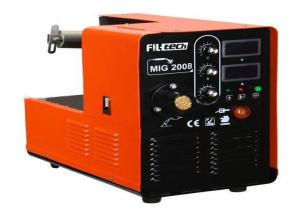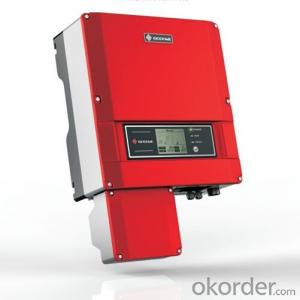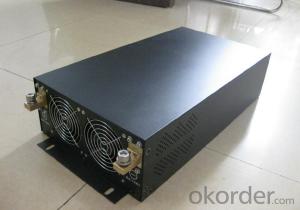Germany Solar Inverter
Germany Solar Inverter Related Searches
Solar Inverter Made In Germany Siemens Solar Inverter Sma Solar Inverter Germany Austrian Solar Inverter Solar Solar Inverter Solar Inverter Italy Schneider Solar Inverter Inverter Solar Solar Inverter Inverter Hans Solar Inverter Japanese Solar Inverter Bosch Solar Inverter Solar Inverter China Solar Inverter Poland Solar Inverter System Poland Solar Inverter Solar System Inverter Solar Electric Inverter Inverter Solar Inverter Chinese Solar Inverter Solar Inverter Company Solar Energy Inverter German Solar Inverter Brands Solaris Solar Inverter Inverter Solar Cell Solar Power Inverter System Inverter Solar System Sun Solar Inverter Solar Inverter Systems Home Solar InverterGermany Solar Inverter Supplier & Manufacturer from China
Germany Solar Inverter encompasses a range of high-quality inverters designed specifically for solar energy systems. These inverters play a crucial role in converting the direct current (DC) generated by solar panels into alternating current (AC), which can then be utilized by homes and businesses. The Germany Solar Inverter products are widely recognized for their efficiency, reliability, and compatibility with various solar panel setups, making them a popular choice for both residential and commercial applications.The Germany Solar Inverter products are commonly used in a variety of scenarios, such as residential rooftop installations, large-scale solar farms, and off-grid systems. They are engineered to handle different levels of power output, ensuring that they can cater to the specific needs of each project. These inverters are also designed to withstand harsh environmental conditions, making them suitable for use in various climates and locations. Their user-friendly interface and advanced features, such as monitoring and control capabilities, further enhance their appeal to customers looking to maximize the performance of their solar energy systems.
Okorder.com is a leading wholesale supplier of Germany Solar Inverter products, boasting a large inventory that caters to the diverse needs of customers worldwide. With a commitment to providing top-notch products at competitive prices, Okorder.com has established itself as a go-to source for those seeking reliable and efficient solar inverters. Their extensive range of Germany Solar Inverter products ensures that customers can find the perfect match for their specific solar energy requirements, backed by the assurance of quality and performance that the brand is known for.
Hot Products

















































